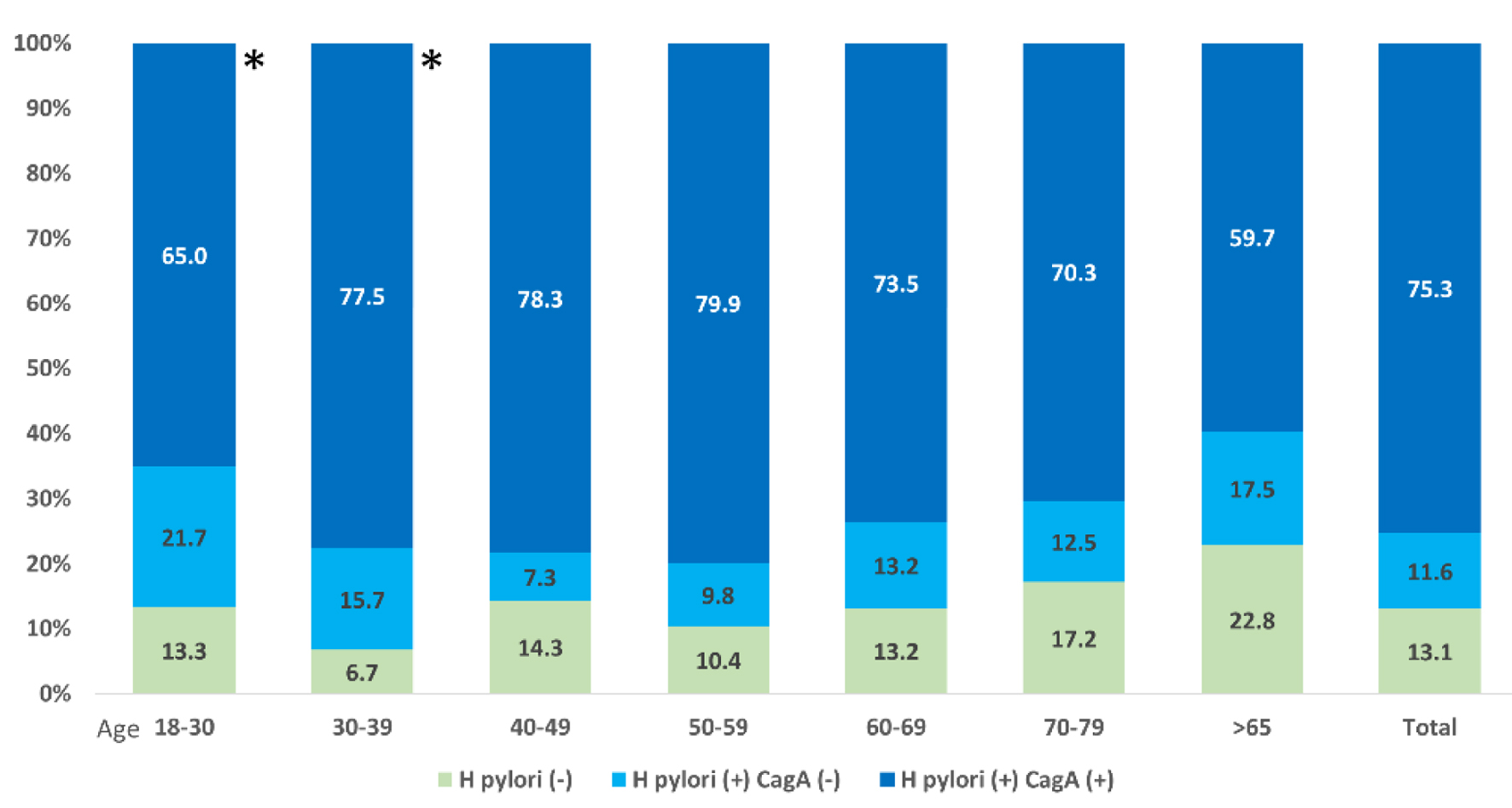High Seroprevalence of Helicobacter pylori and CagA/VacA Virulence Factors in Northern Central America
DOI:
https://doi.org/10.14740/gr2036Keywords:
Gastric cancer, Helicobacter pylori, CagA, VacA, Central AmericaAbstract
Background: Northern Central America is unique in the Western Hemisphere, with a high incidence of gastric cancer, low/middle-income country (LMIC) status, and a substantial emigration to the United States. The two primary Helicobacter pylori (H. pylori) virulence factors related to carcinogenesis are cytotoxin-associated gene A (CagA) and vacuolating cytotoxin A (VacA). The prevalence of these factors may help delineate gastric cancer risk in the region. We aimed to characterize the H. pylori seroprevalence and virulence factors in two Central American Countries (Honduras and Guatemala).
Methods: Healthy volunteers from Western Honduras and Central-Western Guatemala were recruited and tested for antibodies against 13 H. pylori antigens using a novel multiplex serology assay. H. pylori seropositivity was defined as positivity for ≥ 4 antigens, and active infection was defined as positivity for a combination of 2/4 antigens: VacA, GroEl, HcpC, and HP1564, based upon the literature. Multivariate logistic regression models were used to estimate the odds ratios for the association between H. pylori and CagA positivity.
Results: A total of 1,143 healthy adults were tested using the H. pylori multiplex serology assay (444 in Guatemala and 699 in Honduras). Mean age was 54.2 ± 14.5 years, 46.2% were male, 60% were from rural settings, and 56% lived > 1,000 meters above sea level. H. pylori prevalence was 87%, and 83% with active infection. The CagA and VacA seropositivity rates were 82% and 75%, respectively. No significant differences were noted according to country, age group, sex, or rural/urban location. None of the socioeconomic variables were significantly associated with the presence of H. pylori or CagA.
Conclusions: A high prevalence of H. pylori, CagA, and VacA is observed in Honduras and Guatemala, with implications for Northern Central America and immigrants from the region. Innovative and resource-appropriate primary and secondary prevention programs are needed.

Published
Issue
Section
License
Copyright (c) 2025 The authors

This work is licensed under a Creative Commons Attribution-NonCommercial 4.0 International License.









